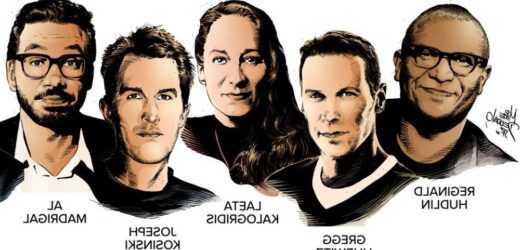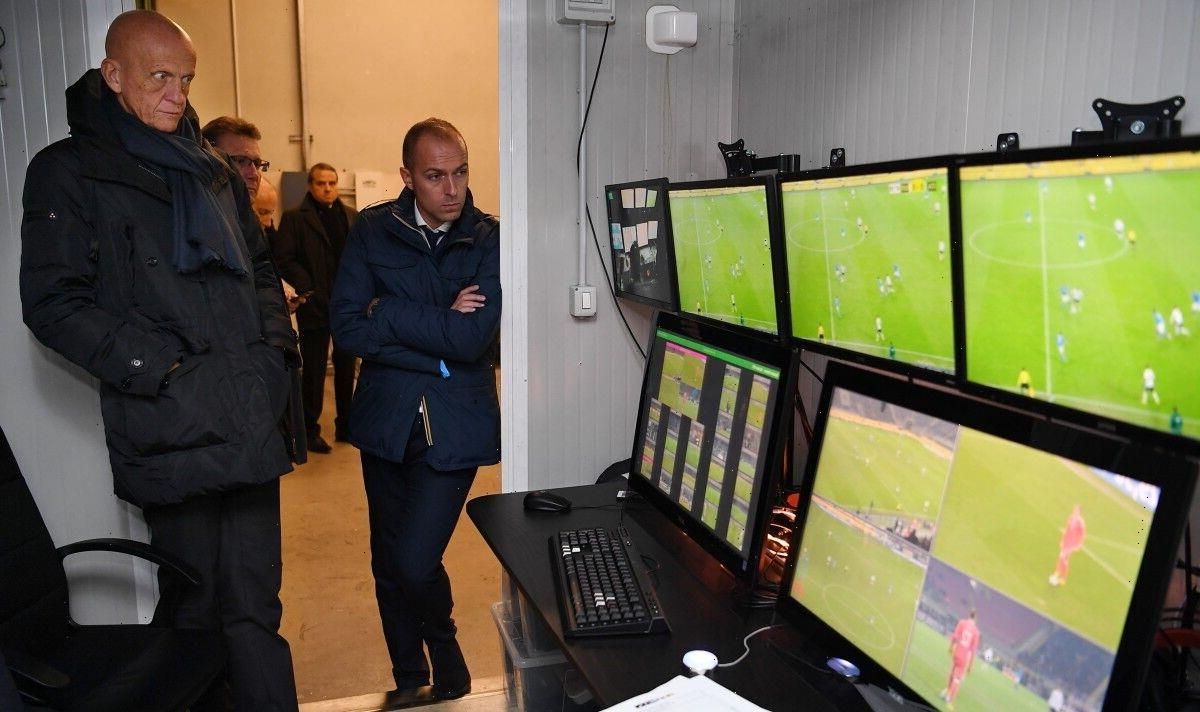AWA Studios, the content startup that develops graphic novels with the hopes of seeding larger entertainment franchises, has assembled a brain trust of prominent writers and directors who will help the company nurture original ideas across a range of platforms.
AWA Studios has enlisted Reginald Hudlin, Gregg Hurwitz, Laeta Kalogridis, Joseph Kosinski, Al Madrigal and J. Michal Straczynski to serve on the company’s Creative Council. The council’s charter is for those established players to use their experience and their connections to help AWA writer and graphic artists “unleash the full potential of their characters and stories, providing a diversity of contemporary storytelling perspectives and putting projects in the best position to be scaled across the entertainment ecosystem,” per AWA.
The company, started in 2018 with backing from investors that include James Murdoch and Elisabeth Murdoch, is focused on producing graphic novels that can then be developed as TV, film or digital media franchises. Kosinski, red hot off his success as the director of “Top Gun: Maverick,” is attached to direct AWA’s first big film project, “Chariot,” which was acquired in 2021 by Warner Bros. The spy-themed thriller is based on the AWA novel by Bryan Edward Hill and will be produced with Shawn Levy’s 21 Laps Entertainment.
Madrigal, a multi-hyphenate known for his work as an actor, writer, showrunner, podcaster and more, published a graphic novel, ”Primos,” with AWA earlier this year. All of the council members were chosen for their familiarity with graphic novels and genre fare. Straczynski is one of the modern pioneers of never-ending media properties with the cult-fave “Babylon 5” sci-fi universe he created in the mid-1990s for first-run syndication. More recently, he worked with the Wachowskis on the out-there Netflix drama “Sense8.” Kalogridis is known for her work on “Avatar,” among many other projects. Hurwitz is an author and screenwriter (“Sweet Girl,” “Orphan X”).
AWA was founded by a group of Marvel and DC Comics alums. Former Marvel editor-in-chief Axel Alonso is co-founder and chief creative officer of AWA. Zach Studin, formerly of John Wells Prods. and Lionsgate, heads the Los Angeles-based movie and TV development arm. Alonso has a long relationship with Hudlin, having tapped the director to write Marvel’s “Black Panther” comics in the early 2000s.

Matthew Anderson, co-chairman and president of AWA Studios, says the graphic fiction focus gives the company an edge.
“When trying to push something highly original, graphic fiction allows you a lot of freedom to push the idea,” Anderson tells Variety. “We like to say we have an unlimited special effects budget. We get fan reaction so fast, it’s amazing. Generally, we like to develop the concept in graphic fiction first.”
AWA’s pitch to creatives is that they will give writers and artists a much bigger say in the long-term development plan for their properties, as well as a bigger cut of profits. AWA has about 20 full-time employees spread across New York and L.A. The company’s investors include James Murdoch’s Lupa Systems, Sister (the partnership of Elisabeth Murdoch, Stacey Snider and Jane Featherstone) and Lightspeed Venture Partners.
Anderson acknowledges that AWA’s pitch isn’t unique at a time when a bunch of investment dollars are going into next-generation content ventures (Peter Chernin’s North Road Co., Range Media Partners, Candle Media, et al). But AWA does have its advantages within this vibrant market for talent. The connections that AWA’s investors bring for content production and distribution are significant. So are the web of industry relationships and depth of content production experience that members of the Creative Council bring to be the table, Anderson says.
“We want to be a source of gravity for creators, a place where they feel they have a home,” he says.
“There are a lot of amazing writers and artists out there who have a choice between going to a place that is 100% creator owned where it’s all on you and you have no support, or getting a big payment upfront but owning nothing. What we have is the best option down the middle. Creators retain an ownership stake in their work for the long term and they get really professional support from people who will help them and fight for their ideas.
“It’s a really fun time to be in the business if you can begin to shape some new models,” Anderson says. “There’s a true hunger out there for really great, original material.”
Read More About:
Source: Read Full Article


